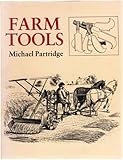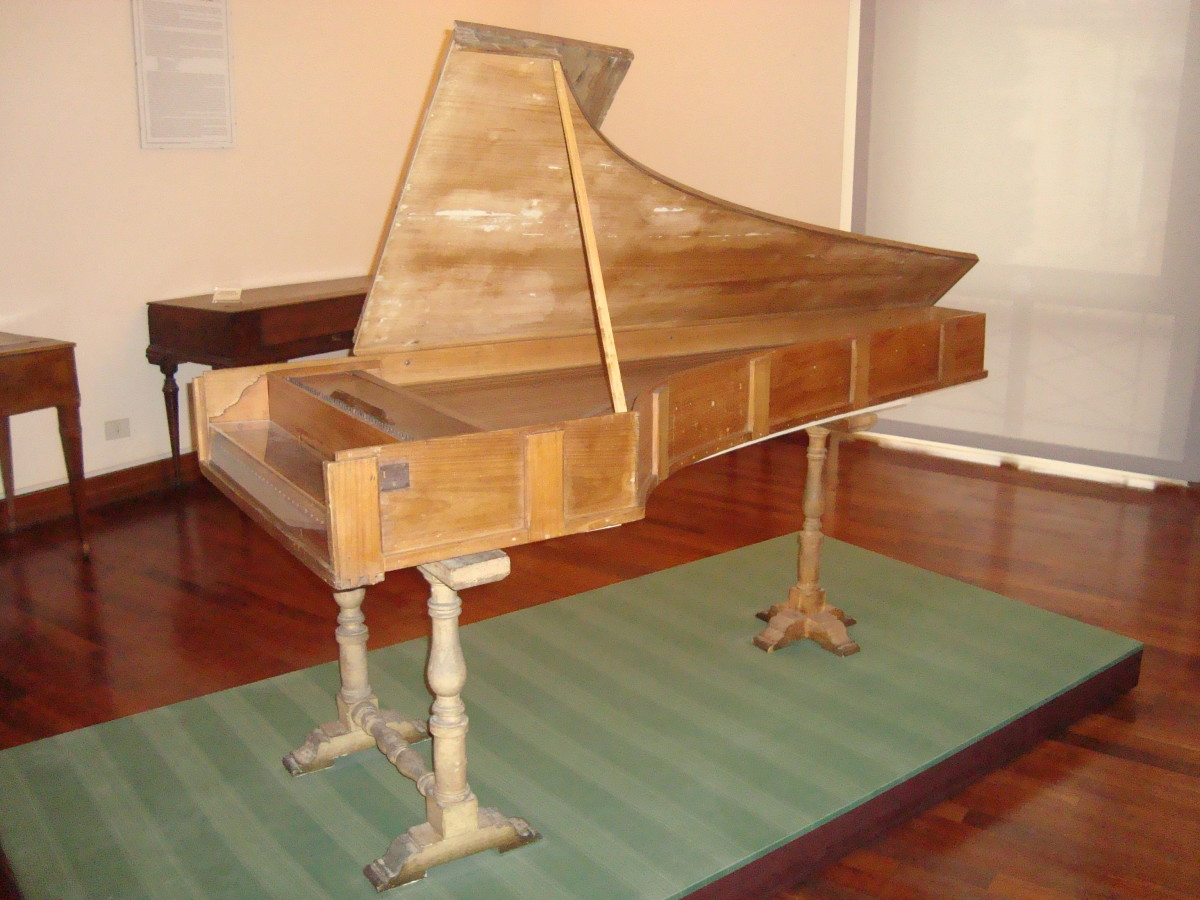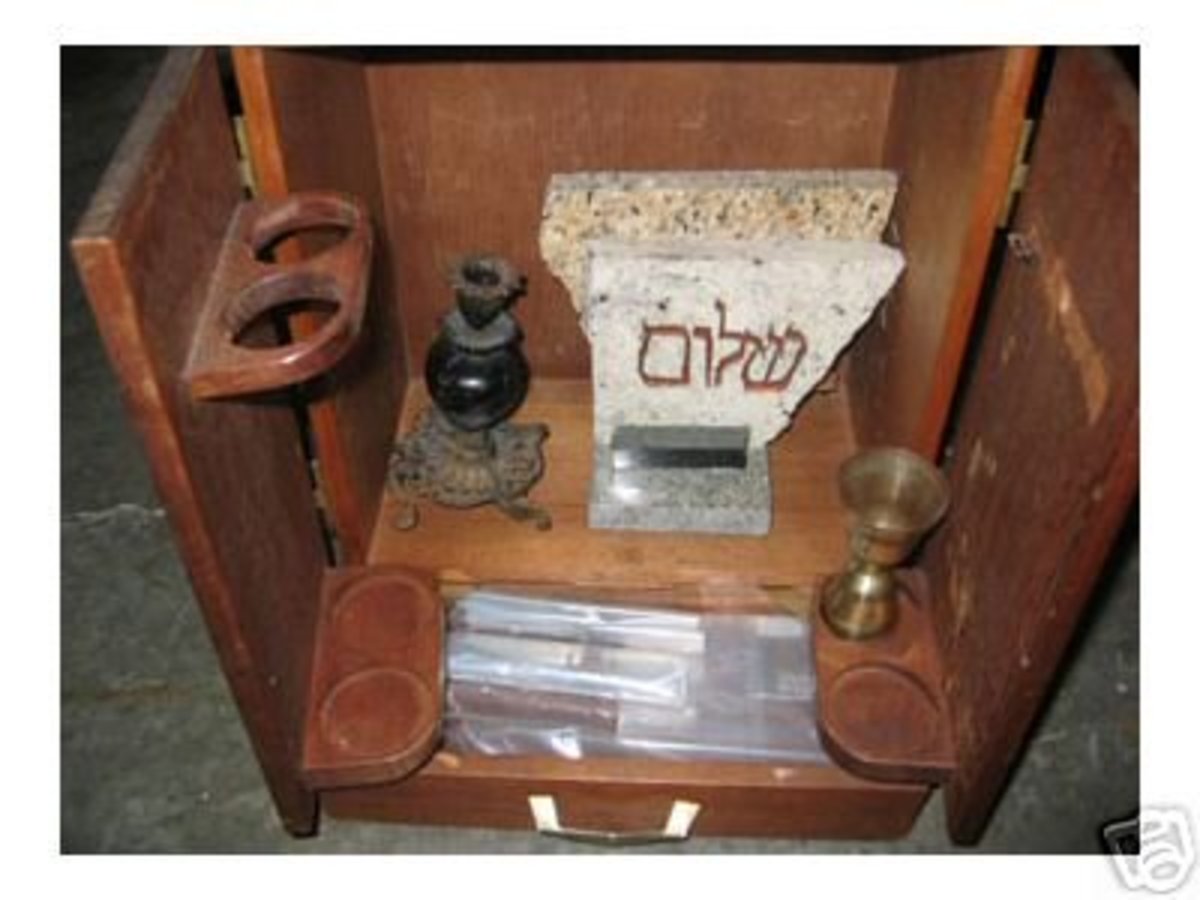18th Century Threshing
Threshing by Hand
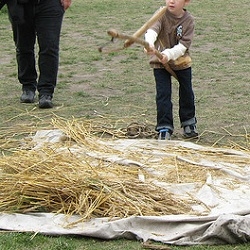
Threshing with a Flail
Garner Rix had built a house by 1798 and probably had been girding trees and clearing land for several years before that time. Once enough land was cleared, Garner Rix, like his neighbors, gathered the wheat and oats into shocks to dry. He was busy all year and wintertime was no exception. Wintertime was threshing time.
on Flickr, Creative Commons.This lens is a continuation of the Garner Rix Unit Study Garner Rix and the Royalton Raid. After returning to Royalton, Garner was given a section of land that had been confiscated from Tories who had lost the war.
The only tool for threshing was the flail. Machines for threshing would not be invented until nearly the middle of the 19th century. Garner Rix probably made his own flail and until the children were old enough to help, Betsy probably helped him.
As we travel back in time to learn more about the early 1800's, imagine yourself as a member of Garner Rix's family. Imagine helping to pick the saplings to be made into flails. Imagine the comradery of going out to the barn on a cold winter day to thresh the wheat. Sing a worksong as you keep a steady rhythm and learn where the flour to make your bread comes from.
Come into the barn, pick up a flail and thresh out the skills of an 18th century farmer...
Farm Tools Through the Ages - Farm Tools Through the Ages was written by Michael Partridge
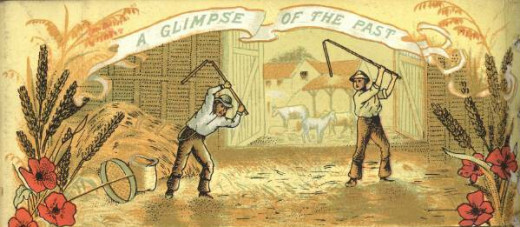
Photo Credit: Farmer Using a Flail
from The Probert Encyclopaedia of General Information.
A flail is a manual threshing device consisting of a long wooden handle or staff and a shorter, free-swinging stick attached to its end. Garner Rix probably made his own flail to thresh the first small crops grown on his land. Betsey probably helped in this process until they had children old enough to help.
The Threshing Process - How to Thresh
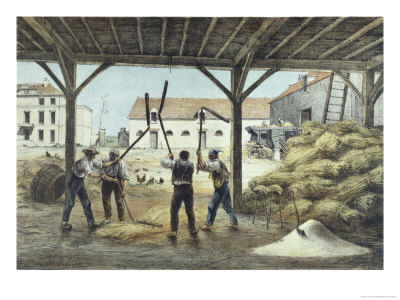
Threshing Wheat
- Lay the shock of wheat on a smooth floor and begin to hit the stem part of the wheat.
- The stem is called the straw.
- This knocks the seeds off the straw.
- 1-2 hours of flailing should yield about a quart of wheat seed which still needs to be winnowed and ground into flour.
Learn More about Grains
- Aidan Stewarts bio20 blog: Agriculture in Saskatchewan: Inquiry Project
- Review of Farm Tools through the Ages by Michael Partridge
The techniques of farming We can be grateful for author, Michael Partridge's early interest in the techniques of farming, for it has led to a most readable and informative book. 'Farm Tools Through the Ages' does exactly what its name indicates it - Threshing
Threshing or thrashing, separation of grain from the stalk on which it grows and from the chaff or pod that covers it. The first known method was by striking the reaped ears of grain with a flail. In another early method horses or oxen trod out the
How to Thresh Grain with a Flail - Hand Threshing
What is a Threshing Barn? - Learn about Threshing in the 18th Century
This video explains the special characteristics that make an English Barn ideal for threshing. About 2/3 of the way through there is a demonstration of how to thresh by hand using a flail. This is the way grains were threshed until at least the late 1800's before threshing machines had been invented and became prevalent.
English Barn Threshing
Hand Threshing in Tuscany - A Celcbration of Threshing in Italy
Listen to the way the rhythm of the music provides a beat for the man in the background who is threshing wheat. People who performed repetitive tasks like threshing often made up songs pass the time. These became known as worksongs.
Hand Threshing
Threshing with Flails - Listen to Two Men Thresh with Flails
Ambient Sounds has published a sound recording of two men from Poland who are threshing grain. Listen to them talk as they thresh. Notice that they are beating with the flails in a rhythm that allows both of them to flail at the same time. What do you think that they are talking about?
Glorifying the Days of Threshing by Hand - Daily Threshing
My children delight in listening to stories. When carefully chosen, stories and fictional tales can add depth to a unit study. In this case, reading the story of threshing by hand can take us to a time and place where threshing was a daily task. What would people talk about while they were threshing? Which family members would normally thresh?
Flail Threshing Wheat! - Listen to the sound of the Flail Threshing Wheat!
Listen to the sounds of a flail threshing wheat. Notice that the wheat had been stacked in shocks and is placed on the threshing floor with the grains all headed in one direction making it easier for the flail to separate the grain from the straw. Listen to the chickens in the background as well as a man singing a worksong about threshing wheat. Notice that the rhythm of the song follows the rhythm of flailing.
Flailing Wheat
Everyday life in the 18th Century! - Learn more about Living in the 18th Century!
Threshing is one aspect of 18th century agriculture we explore when learning about Garner Rix and the Royalton Raid. Threshing was a very important part of life during the 18th century before machines had been developed to produce flour. Come learn more about life on Garner Rix's farm...

